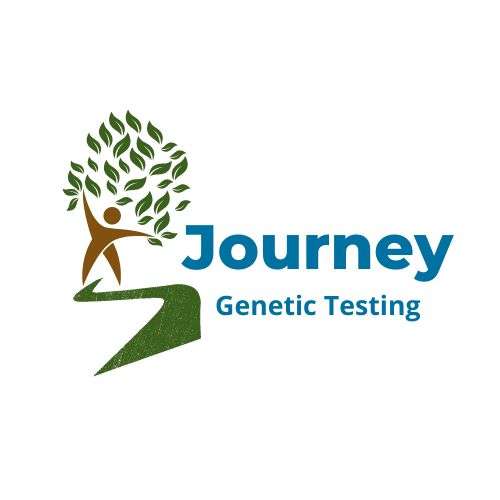Is My Ancestry Test Right?
How To Verify The Information On Your Ancestry Test
If you have done a DNA test recently, you might be asking if the ancestry test report is correct. You may have seen on your report matches that are confusing, concerning, or just plain surprising. After receiving these type of reports, many people start to question the findings. Sometimes the reports will indicate you might have a half sibling you didn’t know about. This may cause you to begin to ask, “did Dad have another child”? Or maybe you have been searching for family for a long time because you were adopted. These type of ancestral type of tests, which include the possibility of finding additional family members, are interesting. But are they accurate?
Our first instinct is to believe the reports. Although these suggested matches are often close to the accurate answer, sometimes they can be a little off the mark. They can also completely be wrong about a relationship. Why do we say this?
Understanding How Ancestry Tests Work
First, centimorgans (cM) are the way that ancestry type test reports show results. These are genetic units of measurement which track the length of shared DNA segments. This type of DNA test suggests a possible relationship to another individual, depending on how many cMs both have in common with each other. It is important to understand that centimorgan ranges are not exact. Genetically speaking, our DNA is 99.99% identical to every other human being on this planet. You might also be surprised to learn that genetically, you are 98.8% identical to chimpanzees. This might explain why certain members of your family act like they do!
What is important here is the small percentages by which make us different from any other human. Out of the three billion locations within our genome (what makes us, us) only a very small percentage actually differ from anyone else. Now, these companies do not have a database of every single person’s DNA. What this means is that they cannot know for certain that the relationships they mention actually exist. This is one reason that these tests cannot be used in any legal setting to prove a relationship – because they are wrong as often as they are right.
Our Experience Proves That Ancestry Tests Are Not Always Right
Second, our statement is based on both direct observation, and of AABB accredited laboratory results from those what have taken from ancestry tests. The only way to be 100% certain of a match of a person made from an ancestry test is to compare that person’s DNA to your DNA directly, and test for a specific relationship. For example, if you are wondering if Person A from your report is really your half sibling, then you should test both of you, person to person, to see if you have the same father (or mother, depending on your situation). Our type of DNA testing is the only way to know for certain if a relationship exists.
Over the many years we have been helping people on their journey to truth through DNA testing, we have tested well over thirty-five thousand DNA samples. And what we have found is both amazing and concerning. Since a high percentage of our clients reach out to us after taking an ancestry test, and then choose to move forward, the percentage of accredited test results that come back showing that, depending on the day, between 48% and 51% percent conclusively show the relationship tested for does not exist!
So what does this mean to you? If you believe you have found a person who may be related to you, only a person to person DNA test, from and accredited testing laboratory, can provide you with the accurate answers you need and deserve. Listed below are some of the types of DNA tests that can prove, or disprove, a biological relationship. Select the one that fits your situation for more information.

